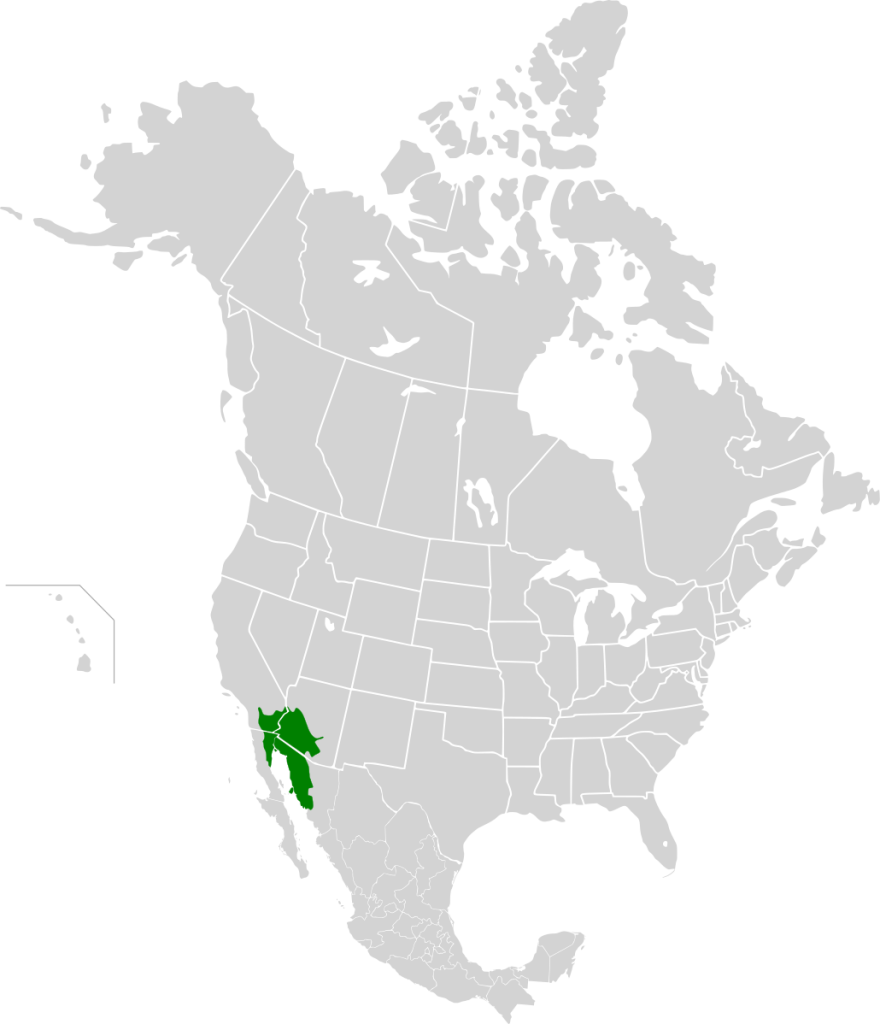Q. I do not remember exactly how old this cactus is, but I think about 20 or so years! This cactus has not had this many flower buds! I will not wait for this plant to flower! Can you identify this cactus?
A. That is Opuntia spp. This form of edible cactus (aka nopal cactus, bunny tails, beaver tails) has its origin in the dry parts of central America, mostly from central Mexico, but its distribution extends through the Americas. I grew edible selections of this cactus about 15 to 20 years ago when I gave up due freezing damage because of our Mojave Desert winter freezing winters.

Lower parts of the Sonoran Desert are significantly warmer in the winter and hotter during the summer than lower parts of the Mojave Desert.

They are also known as Nopal cactus because humans from central Mexico, after removing the spines (technically called glochids), would cut the succulent pads into strips. These “bite sized” strips are known in Spanish as nopalitos and the fruit (from the flowers) are called tunas. Some of the better selections (V1, F1 taken from lower elevations of the interior of Mexico) are quite versatile. These plants provide nopalitos, tunas (fruit naturally colored as red or yellow), and as a cattle supplement (fodder).

The reason Opuntia has the spp. added to it is because there are many different varieties. F1 and V1 are the best selections of Opuntia spp. from the Sonoran Desert. The birds would devastate the best tasting fruits. Non-winter freezing parts of the Mojave Desert support Opuntia spp. as well, but research has not been done on nopal cacti from the Sonoran Desert, probably due to cultural differences.